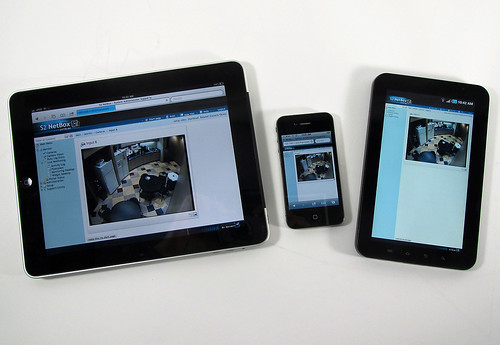Chloe Vince, volunteer on the Information Age project takes a look at the humble computer mouse, Douglas Englebart’s best-known contribution to modern computing.
Since its invention in 1963, the computer mouse has become an iconic image of personal computing. It was designed and developed by visionary engineer Douglas Engelbart who recently passed away on 4th July 2013 at the age of 88.
This early version of the computer mouse bears very little resemblance to those that we use today – it began as simply a wooden shell encasing a circuit board attached to two wheels which allowed movement across a surface. It was the wire that extended from the wooden shell and connected it to the computer that gave it is resemblance to its namesake – christening it a ‘mouse.’

Whilst the function of the mouse has remained the same since this initial model, the design has become much more streamlined. In 1972 computer engineer Bill English replaced the wheels for a ball, allowing the mouse to move in any direction. However this design soon encountered problems when dirt accumulated on the ball and restricted its use and as a result, in 1981 the mouse underwent another redesign.
It was then that engineers at technology company Xerox developed the first optical mouse, which worked by using focused beams of light to detect the movement of the mouse relative the surface it was on. In successive years, the combination of reduced cost in equipment and the progression in optical technology provided us with the optical computer mice that are used widely today.

While computer mice have retained their popularity with desktop computers and laptops, more intuitive computer interface technologies started becoming favoured on tablet computers and smart phones.
In the early 1990’s, the stylus pen began to be used widely, particularly with smart phones and message pads. Shortly after, the pen was lost and multi-touch screens became the most popular means to interact with these devices. These screens can detect two or more points of contact on an interface so users can rotate, pinch and zoom in on graphics – something you may be used to doing on your mobile phone.

This technology is so effortless to use it is difficult to think of how this interaction can become any easier – but what if you didn’t have to do anything at all? What if all you had to do was think about what you wanted your computer to do?

This month, scientists at the University of Washington have published findings showing that patients who had a thin layer of electrodes placed in their brain were able to move a cursor on a computer screen by demand by just thinking about it. Although in the early stages, this technology has the potential for users to communicate with computers using only their thoughts to control the commands on the screen.
While the idea of computers interpreting our thoughts may seem like a daunting prospect for most, patients suffering with severe forms of paralysis could find this research to be a life-line, allowing them to communicate with people via computers for the first time.
At the moment it is unknown whether this technology will be taken further commercially. Do you think it has the potential to be used at home or work to improve our lives? Or do you think this could take our relationship with computer technology too far?
A replica of Englebart’s mouse prototype will be on display in the Science Museum’s new Information Age gallery, opening in September 2014.